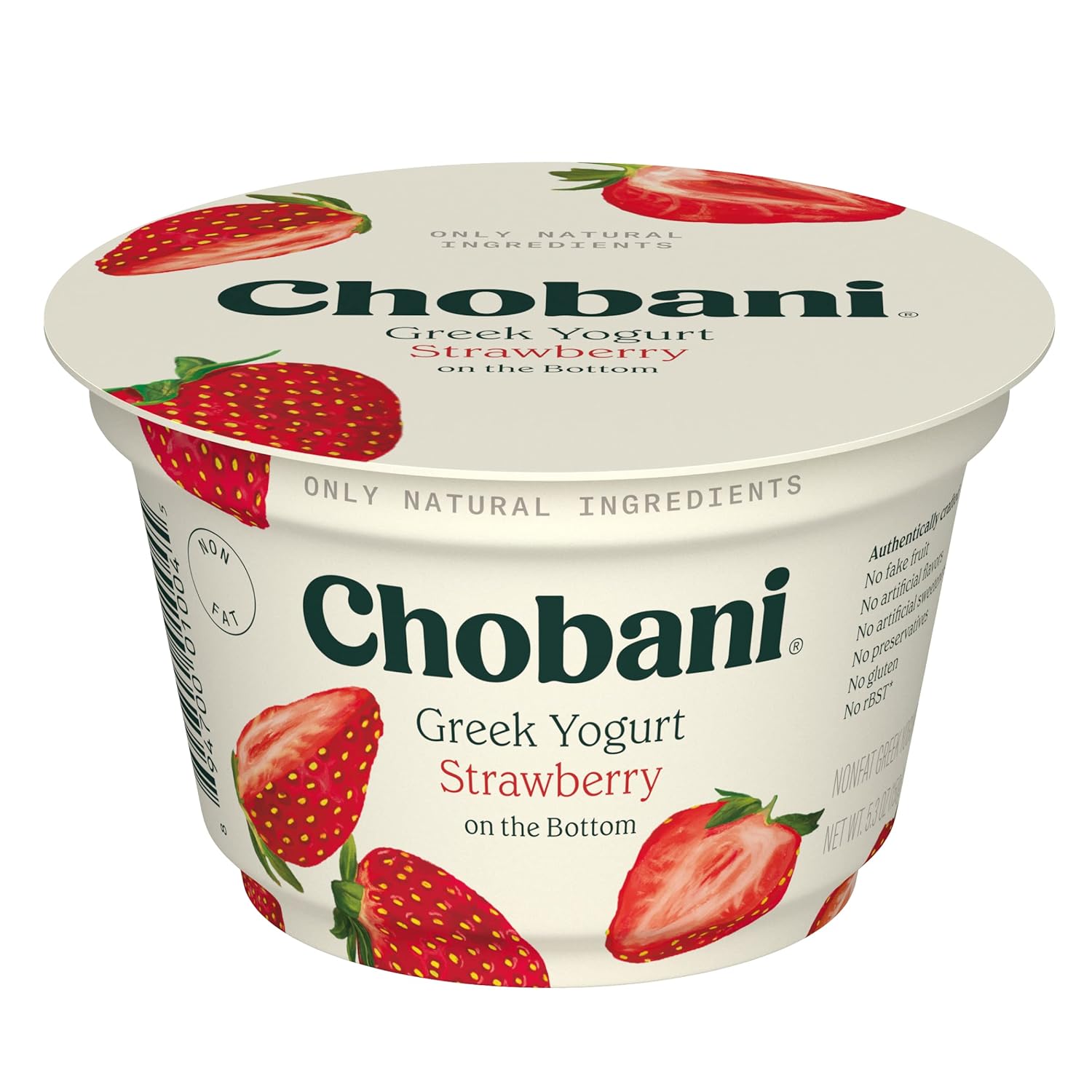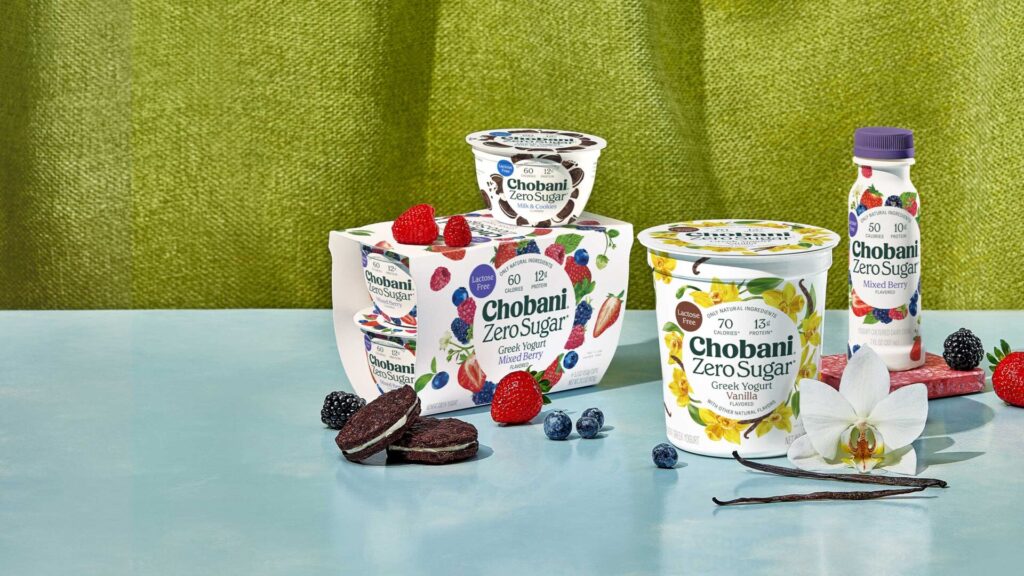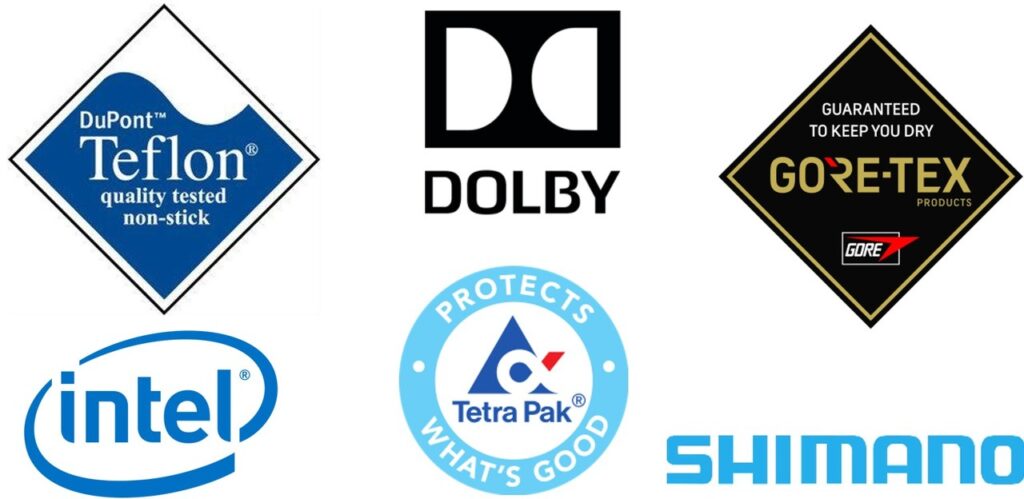Chobani’s Rise: How Hamdi Ulukaya Stirred Up a Yogurt Revolution

Chobani has redefined the yoghurt category, inspired entrepreneurs and proven that businesses can succeed while staying true to their values
In 2005, Hamdi Ulukaya ran a small cheese business in upstate New York. It was steady but hardly extraordinary. Born in Turkey to a family of dairy farmers, Hamdi moved to the United States with big dreams and an entrepreneurial spirit. While his cheese venture paid the bills, he yearned for something bigger.
That’s when a simple flyer changed everything. It advertised a yoghurt plant for sale nearby, which had been in operation for over 100 years but was being offloaded by Kraft. The price tag? $1 million—a fortune for Hamdi. Despite the daunting cost, something about the opportunity called to him.

Taking the Leap: Buying the Plant
Hamdi saw potential, whereas others saw a relic. He envisioned bringing the rich, thick yoghurt of his childhood—Turkish-style yoghurt—to the American market. He secured a loan through a small business program offered by the U.S. government, scraping together just enough to meet Kraft’s price. With the deal finalised, Hamdi became the proud owner of the ageing facility.
What he didn’t yet have was a product—or a plan.
Perfecting the Recipe
For the next two years, Hamdi and a small team worked tirelessly in the plant’s test kitchen. Using milk sourced from local dairy farmers, they experimented until they perfected a thick, creamy, tangy yoghurt reminiscent of the yoghurt he grew up eating in Turkey. The result was unlike the thin, sugary yoghurts that dominated the American market then.
In 2007, Hamdi named his new creation Chobani, a nod to the Turkish word for “shepherd,” symbolising tradition, care, and craftsmanship. But having a great product was only half the battle—now he needed to get it onto grocery store shelves.
Breaking into the Market
Hamdi made some bold, strategic decisions early on that set Chobani apart:
- Mid-Priced Positioning: Chobani was priced between traditional American yoghurts and higher-end European brands. This made it accessible to a broad range of customers while signalling quality.
- Mainstream Placement: Rather than relegating Chobani to the gourmet section, Hamdi insisted it be placed alongside mainstream yoghurts. This decision ensured it would catch the eye of everyday shoppers.
- Innovative Packaging: The wider cup design was distinctive, emphasising that Chobani was different—premium yet approachable.
The first batch of Chobani yoghurt hit the shelves of a Long Island grocery store in 2007. It sold out almost immediately. Customers couldn’t get enough, drawn to the yoghurt’s rich texture and wholesome taste.

Scaling the Business
Demand for Chobani skyrocketed almost overnight. Small, independent grocers began clamouring for the product. Then, larger chains like ShopRite, Kroger, and Whole Foods came calling. By 2010, just three years after its launch, Chobani’s sales had exploded to over $100 million.
Meeting this surging demand wasn’t easy. Hamdi reinvested every dollar into the business, upgrading equipment, expanding production capacity, and hiring more workers. Despite the challenges, he stayed committed to his vision of quality and accessibility.
Marketing with Heart
Chobani’s rise wasn’t just about great yoghurt but about great storytelling. Unlike many competitors, Hamdi avoided spending heavily on traditional advertising and focused on building a loyal customer community.
- Social Media Pioneers: Chobani was one of the first brands to embrace Instagram, joining the platform just months after its launch in 2011. The brand also leaned heavily on Facebook, engaging directly with consumers and building a passionate online following.
- Influencer Marketing Before It Was Cool: Hamdi and his team collaborated with bloggers and influencers, introducing Chobani to new audiences through authentic recommendations rather than flashy ads.
- Real-Life Engagement: Beyond the digital world, Chobani fostered connections with customers through events, sampling campaigns, and grassroots outreach.
This strategy paid off. By the time Chobani reached $1 billion in sales, it had spent little on paid advertising. Its growth was fueled by word of mouth and the genuine enthusiasm of its customers.
Revolutionising the Yogurt Aisle
Chobani didn’t just become a best-seller—it changed the entire yoghurt industry. Its success popularised Greek yoghurt in the United States, reshaping consumer preferences and forcing competitors to adapt. Legacy brands scrambled to launch their Greek yoghurt lines, but Chobani maintained its edge through innovation and quality.
One of Chobani’s most significant innovations was its focus on natural ingredients. At a time when many yoghurts were loaded with artificial flavours, colours, and preservatives, Chobani positioned itself as a healthier, cleaner option. This resonated deeply with health-conscious consumers and further cemented the brand’s reputation as a trailblazer.

The People-Centric Approach
Hamdi’s leadership style played a massive role in Chobani’s success. He prioritised his employees, implementing policies that reflected his belief in fair treatment and shared prosperity. In 2016, he made headlines by giving his employees a 10% stake in the company, ensuring they would share in its success.
This commitment to people extended to Chobani’s philanthropic efforts. The company has supported numerous community initiatives, from disaster relief to food security programs. Hamdi became a vocal advocate for immigrant rights and social entrepreneurship, using his platform to promote causes close to his heart.
Overcoming Challenges
Chobani’s journey hasn’t been without hurdles. Rapid growth brought logistical and operational challenges, from scaling production to managing distribution. The company also faced stiff competition as other brands entered the Greek yoghurt market.
But through it all, Hamdi remained focused on Chobani’s core values: quality, innovation, and community. His ability to adapt and stay true to the brand’s mission allowed Chobani to weather these challenges and continue thriving.
A Legacy of Innovation
Today, Chobani is more than just a yoghurt brand—it symbolises entrepreneurial grit and visionary leadership. From a struggling cheese maker in 2005 to the head of a billion-dollar company, Hamdi Ulukaya’s journey is a testament to the power of passion and perseverance.
Chobani’s impact goes far beyond its products. It has redefined the yoghurt category, inspired countless entrepreneurs, and proven that businesses can succeed while staying true to their values.
As Chobani continues to expand its product line and reach new markets, it remains a shining example of how one bold idea—and a lot of hard work—can change an industry.ge an industry.




Your blog is a testament to your dedication to your craft. Your commitment to excellence is evident in every aspect of your writing. Thank you for being such a positive influence in the online community.